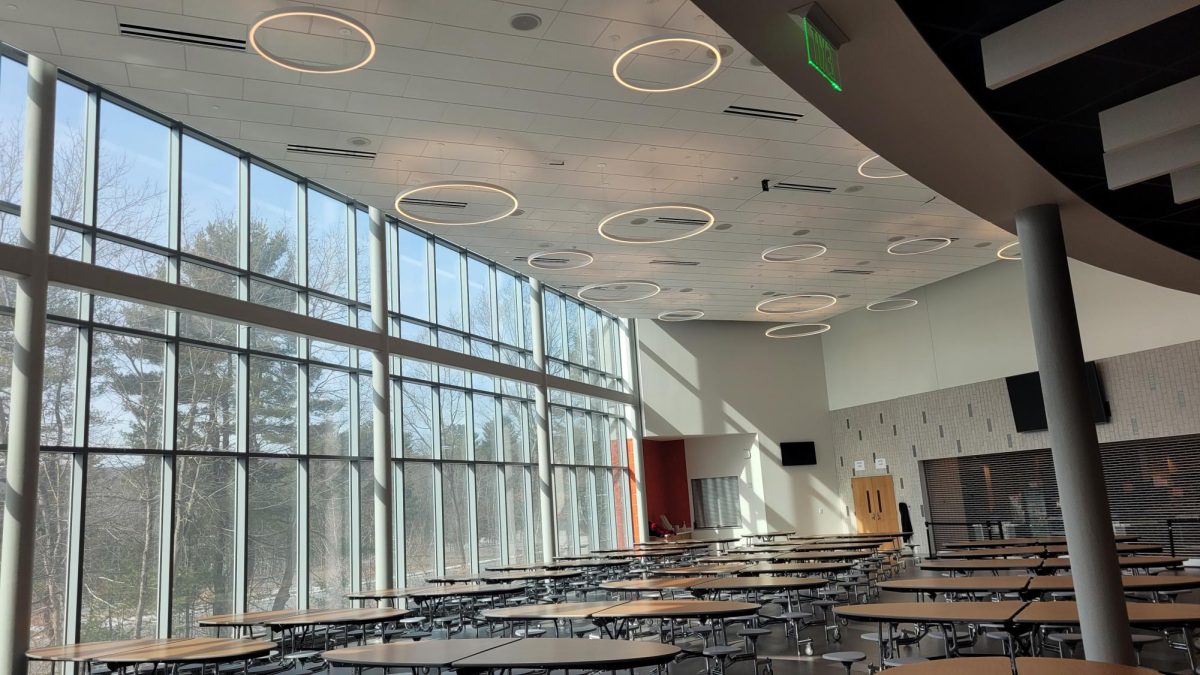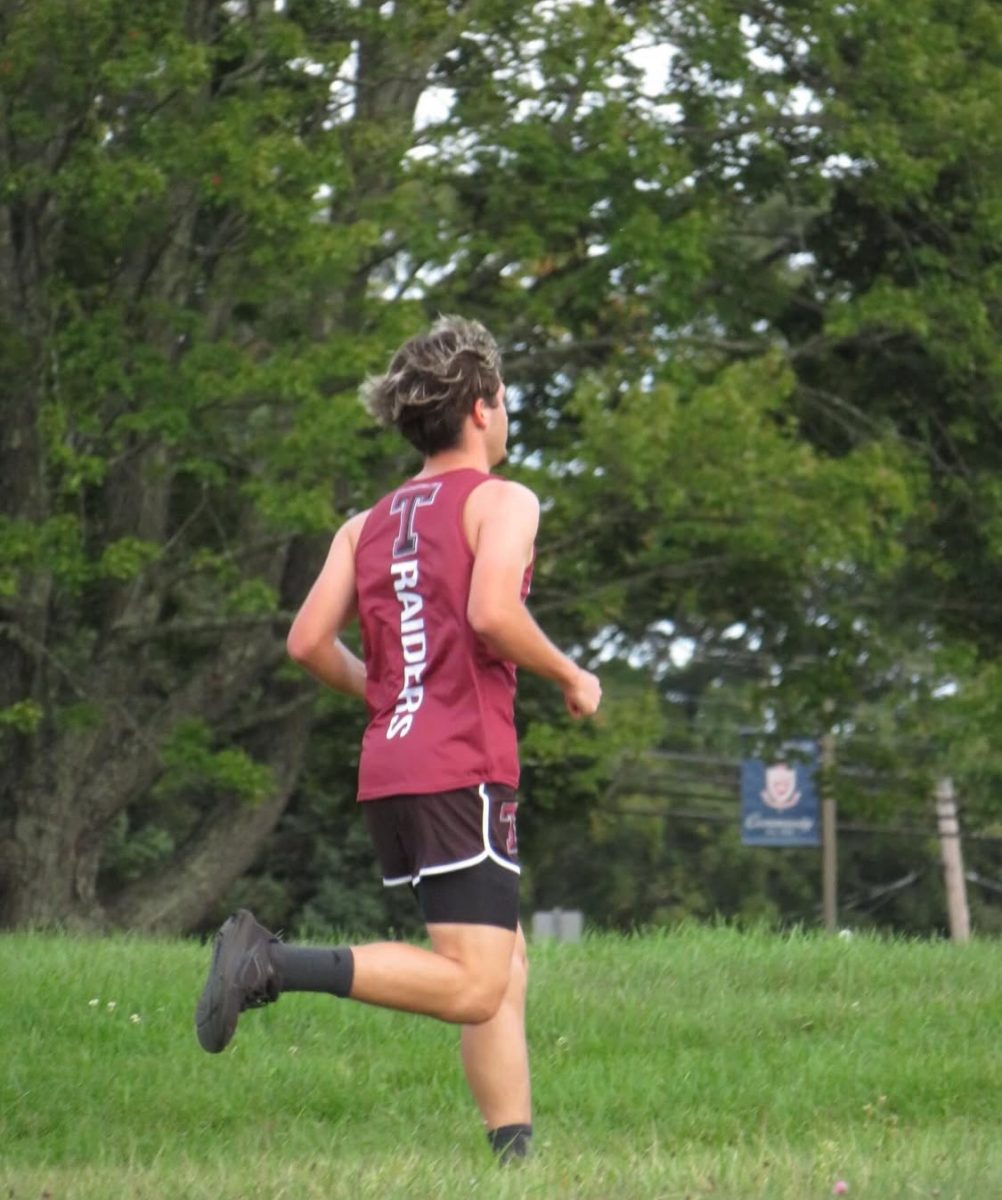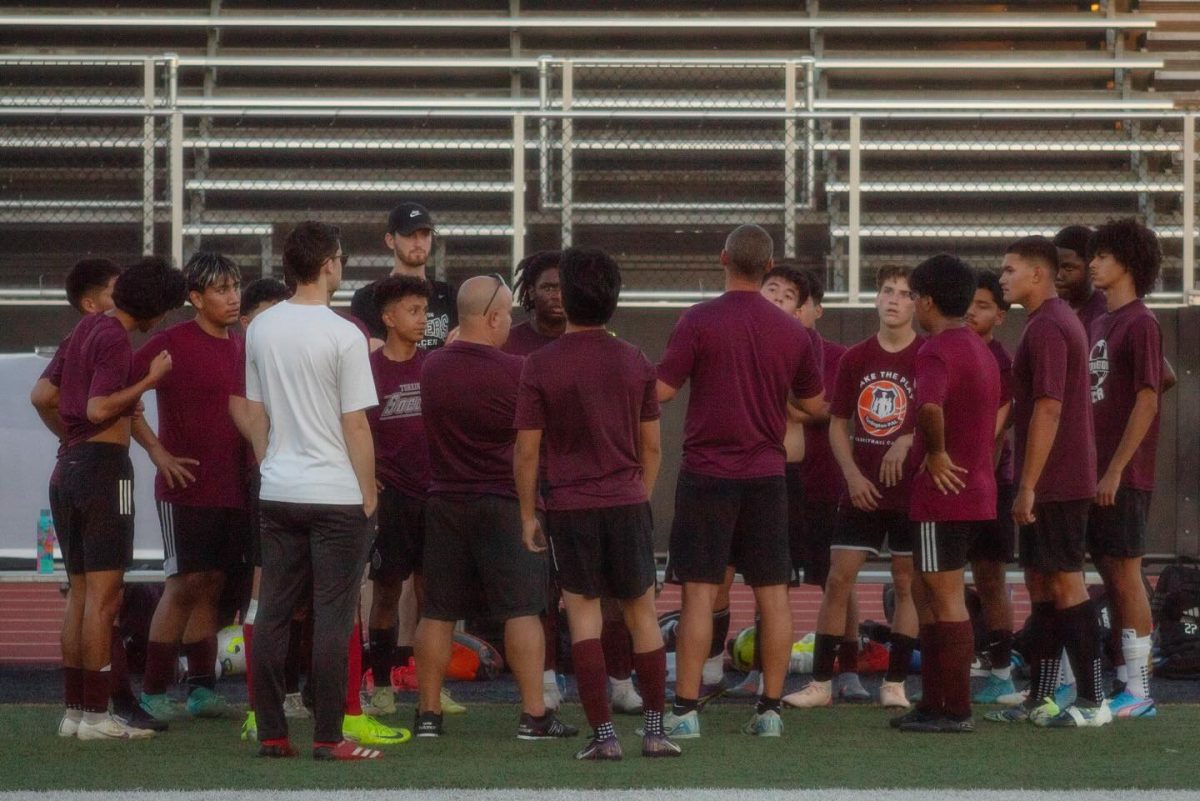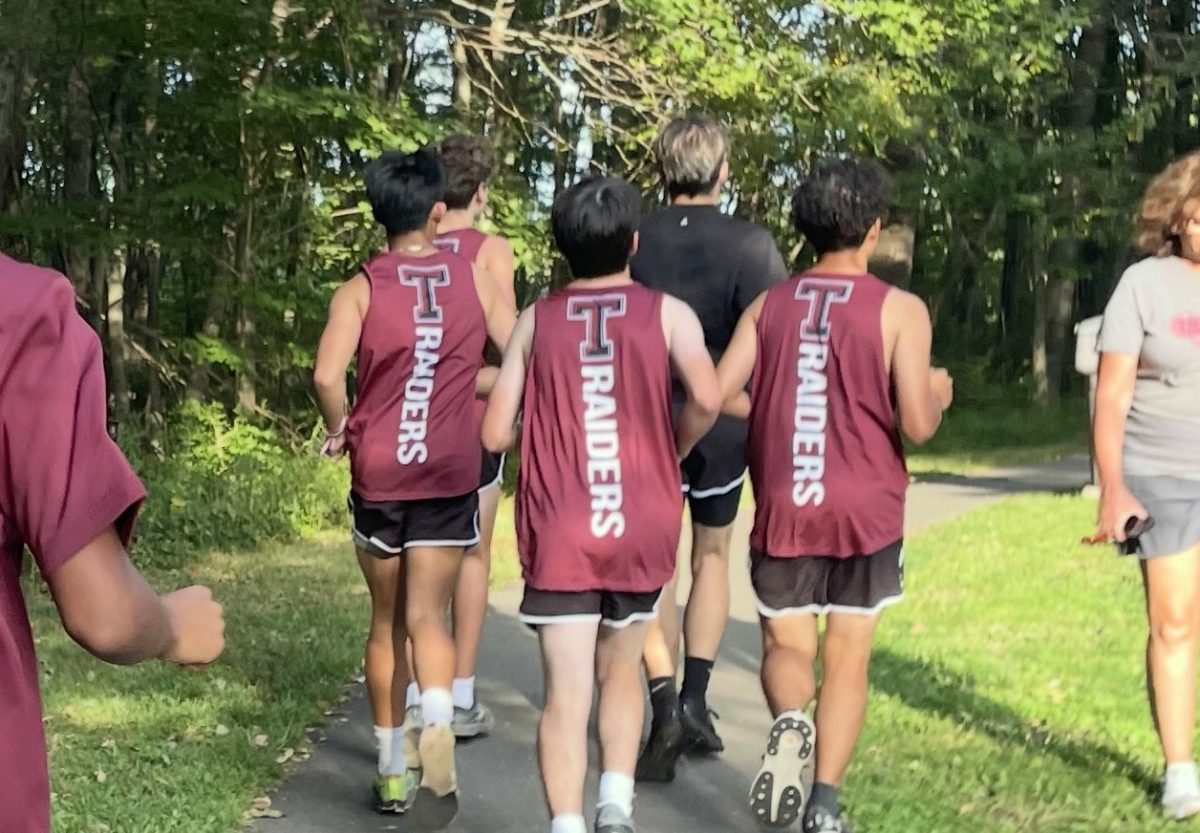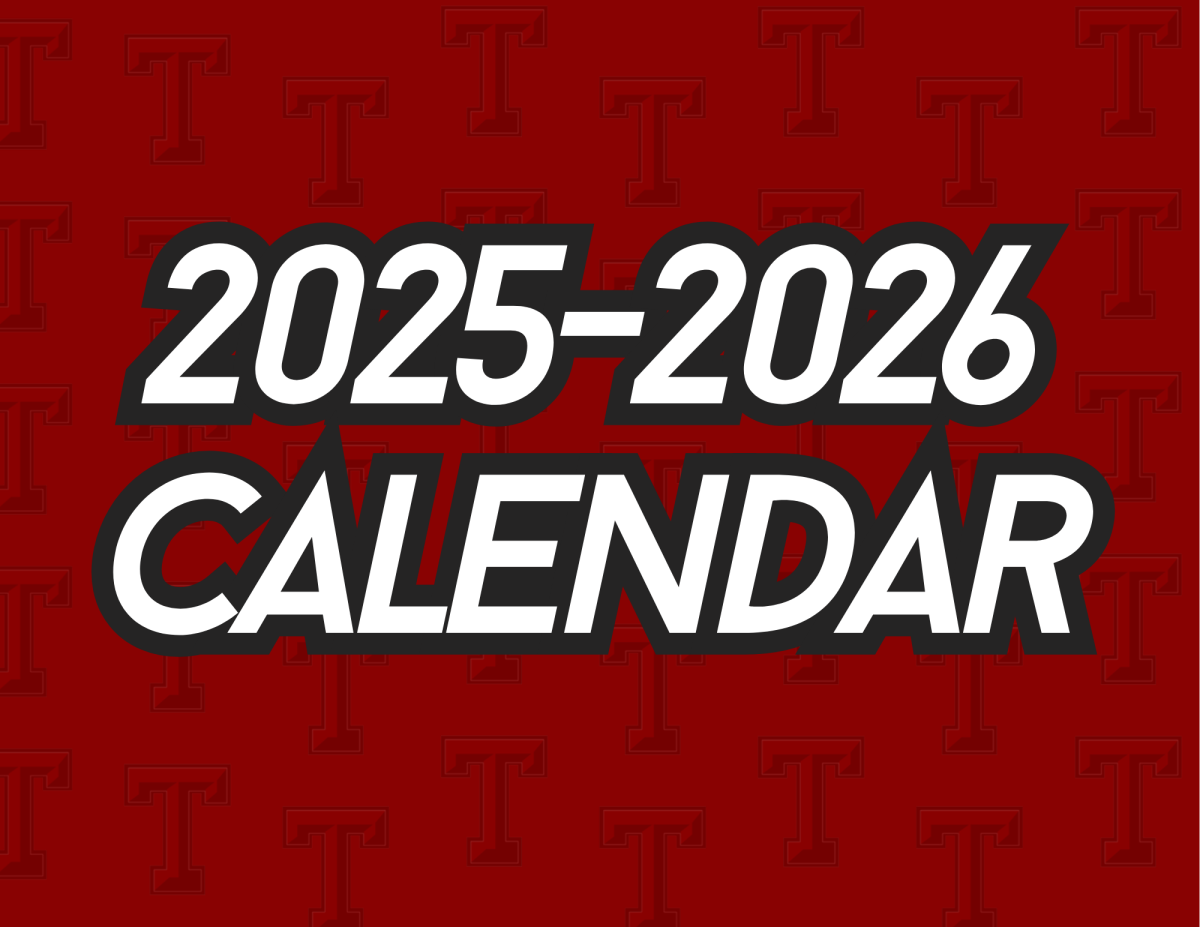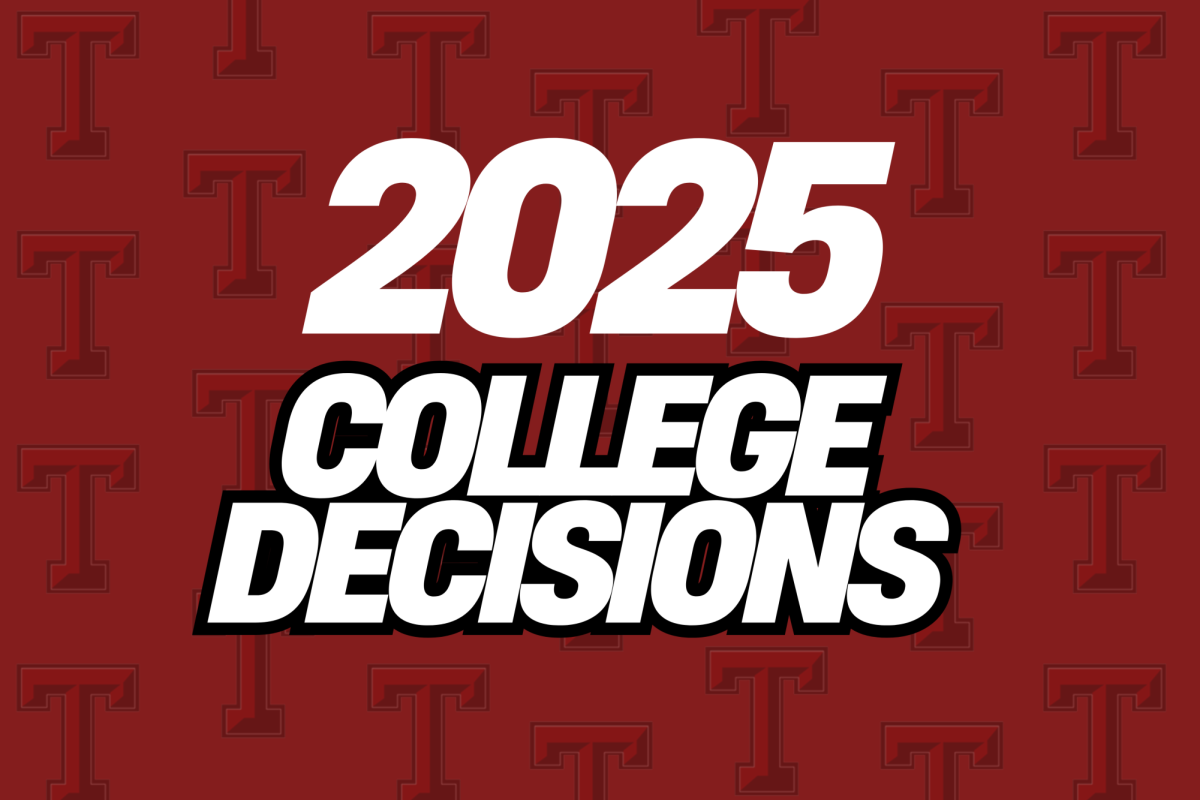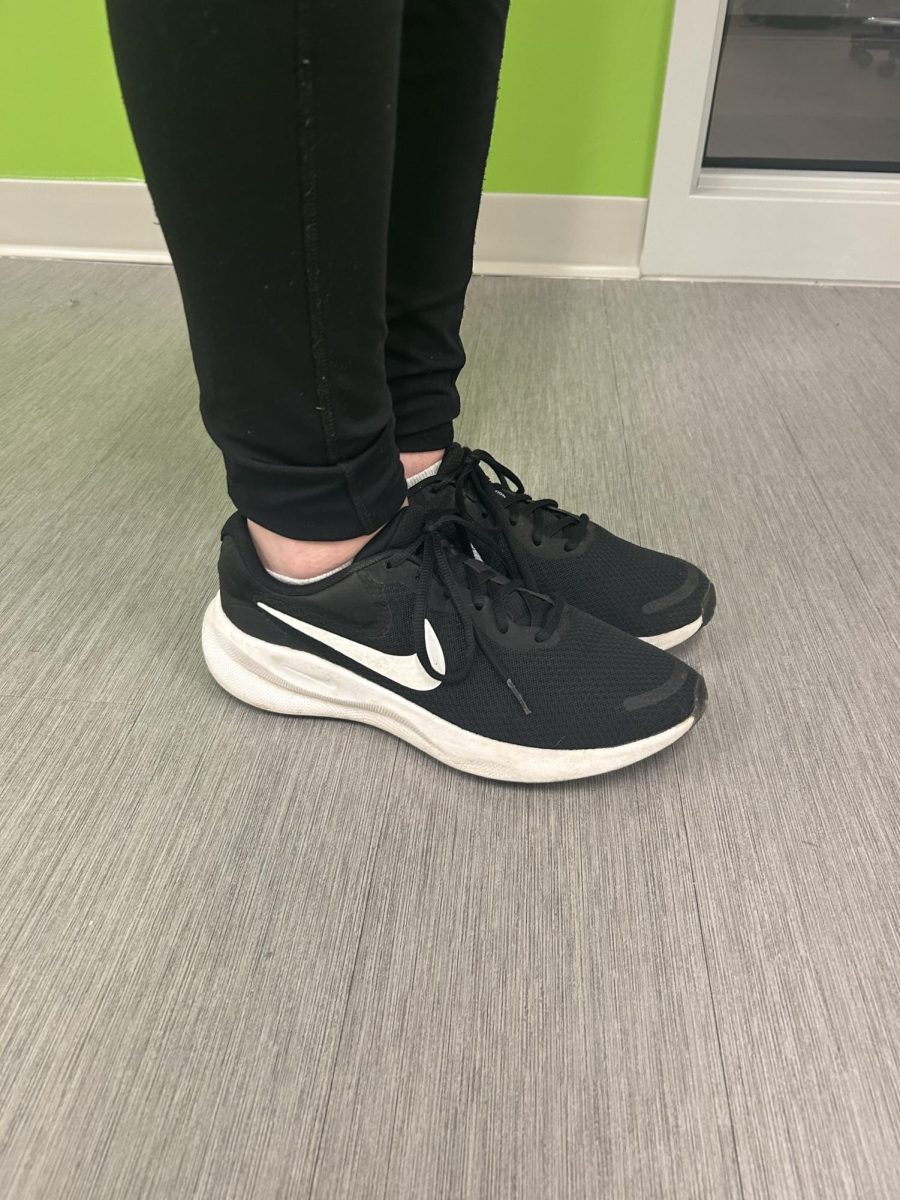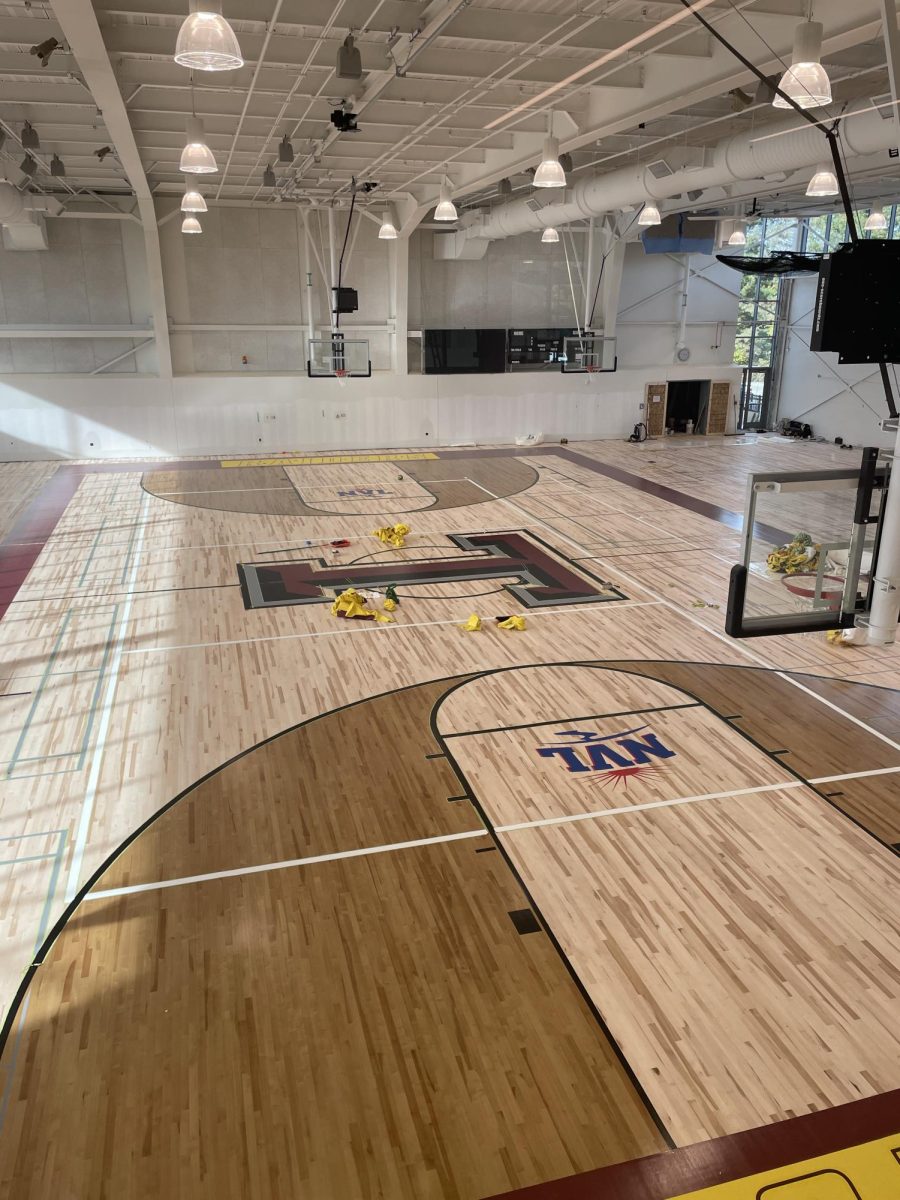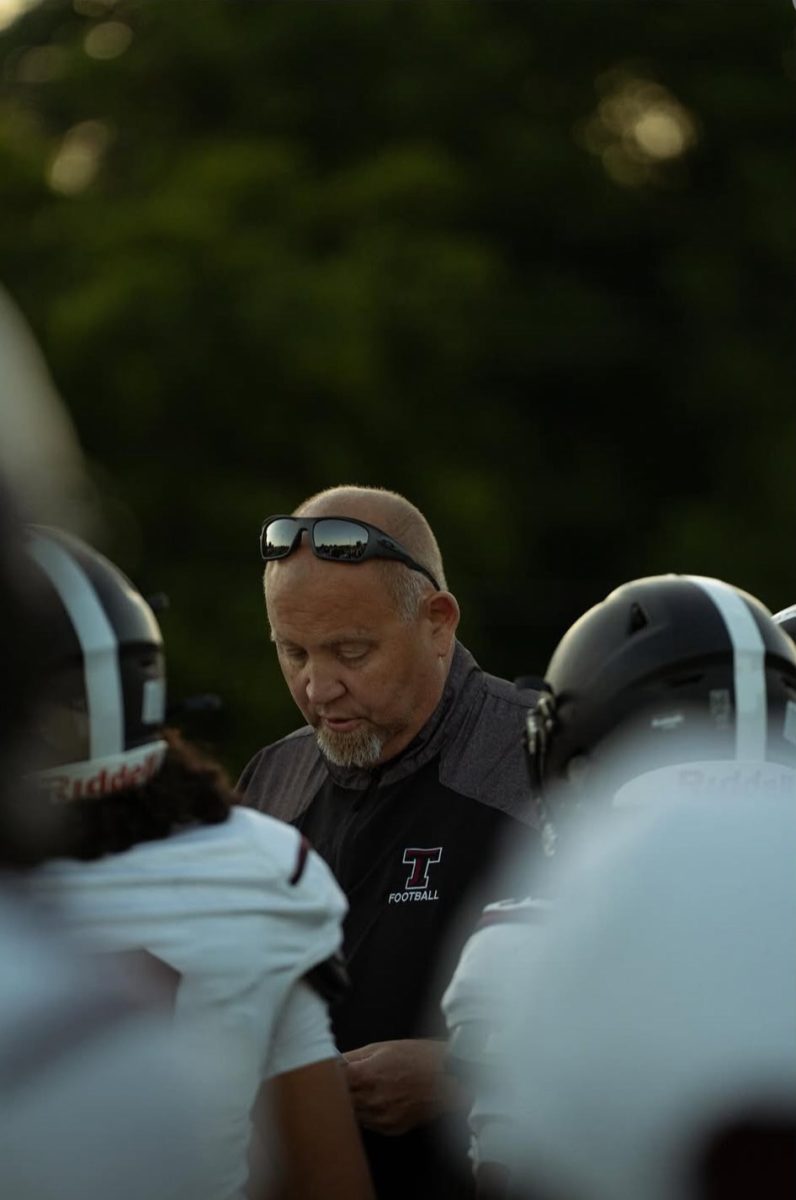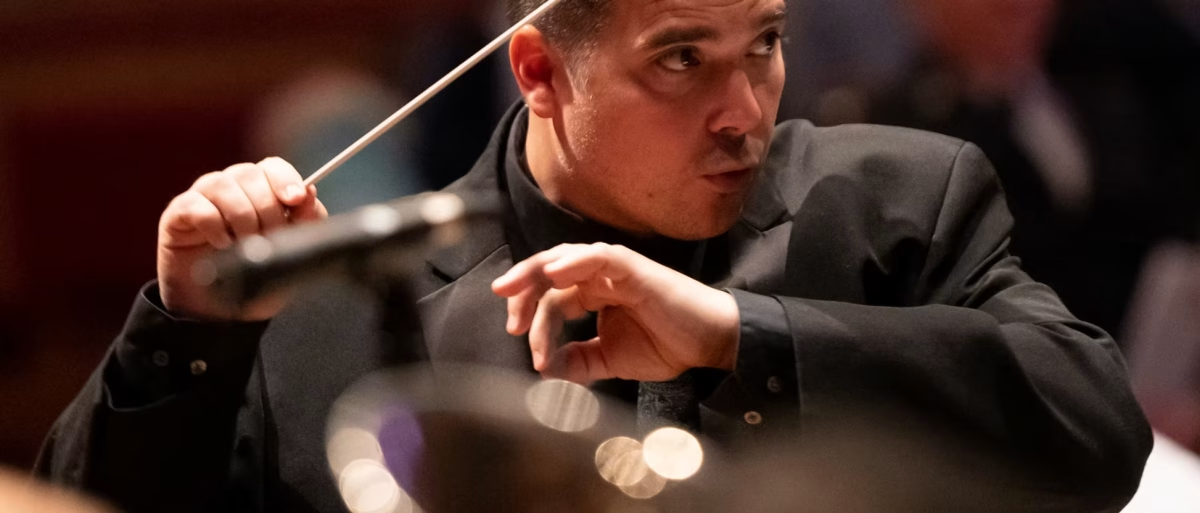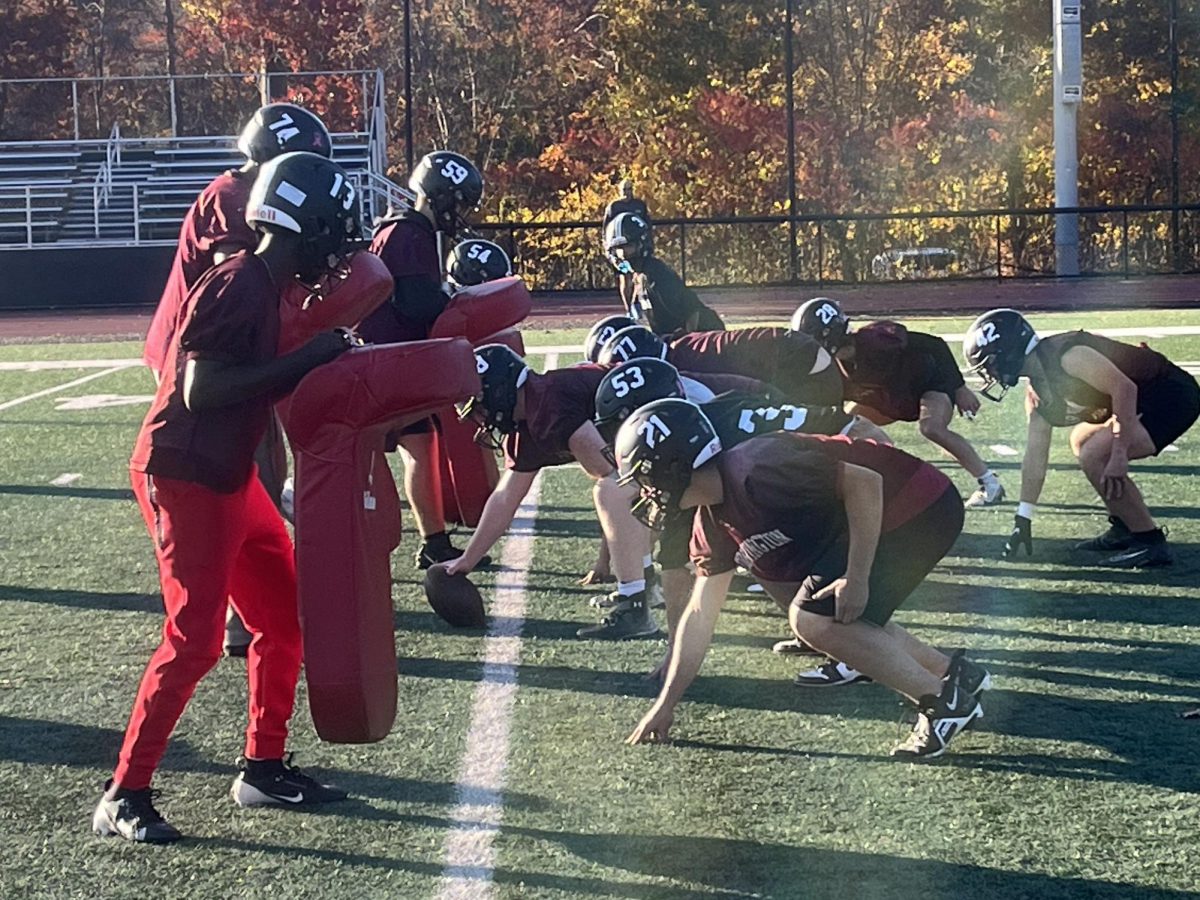As the school year begins at Torrington High School, students are adjusting to a new dress code adopted by the Board of Education in April 2025. The policy was introduced following staff requests for clearer standards, with the stated goal of maintaining a safe and stable learning environment.
The new rules prohibit crop tops and shirts that expose the chest, stomach, or shoulders; transparent or mesh clothing; clothing that reveals the upper thigh or undergarments; tights unless covered by another garment (yoga pants are permitted); pajamas; sagging pants; and headwear that conceals a student’s identity. Footwear such as flip-flops, sports sandals, and slippers is not allowed, though closed-toe Crocs are permitted.
Disciplinary action for violations ranges from a warning and the option to change attire on a first offense to in-school suspension (ISS) for repeat offenses. Chronic non-compliance may result in further disciplinary measures.
Reactions among students have been mixed. THS Junior Johanna Stolfi thinks, “The pajama pants and slides are valid because people don’t look professional.”
Others disagree. Blerim Abovkowski stated he believes “students should be able to express themselves freely and wear what they want” and he said, “I sleep in so I don’t have time to get dressed, so sometimes I wear pajamas.” Carlos Noel expressed how he understands the changes, but some are unnecessary, such as the ban on hats and slides. Sanaviah Aiken-Williams echoed the opinions of others, saying that “students should be able to dress the way they want.”
Some noted concerns that enforcement disrupts class time and disproportionately affects girls. Senior Sophia Pergola, among the first cited under the policy, explained that students without access to alternate clothing may be required to remain in ISS for the remainder of the day. An anonymous student at THS thinks this is a big issue with gender expectations. The focus on “upper thighs,” “chest,” and “shoulders” in the first line item feels to this student that girls are being targeted.
Overall, students expressed frustration with the new restrictions. Sanaviah Aiken-Williams summed up the opinions by saying that “students should be able to dress the way they want.”
Teachers also hold differing perspectives. Some emphasized the safety benefits of banning flip-flops on stairwells, while also acknowledging that students feel their ability to express themselves has been limited. Others noted that portions of the policy may be “a little excessive,” pointing out that teachers are facing similar restrictions under a proposed staff dress code.
Discussion on the dress code started in the February Policy Committee of the Board of Education. According to the Committee Chairman, the policy comes from a request by staff members who “asked for support due to inappropriate attire” of the students.
Some committee members argued in favor of these strict restrictions on the dress code because “there’s got to be a line to be drawn” for what is acceptable at school. A Board of Education member insisted that the goal was to bring “a sense of dignity” into the school and that, ultimately, students “have no rights,” meaning no right regarding clothing choices during the school day.
Multiple members of the Policy Committee expressed their belief that the proposed policy was sexist, too strict, and confusing. For example, one Board member said that banning “spandex” was too broad, because “spandex is a material that is commonly found in most clothing.”
As enforcement continues, both students and staff will be watching closely to see how the policy shapes the school environment in the months ahead.











